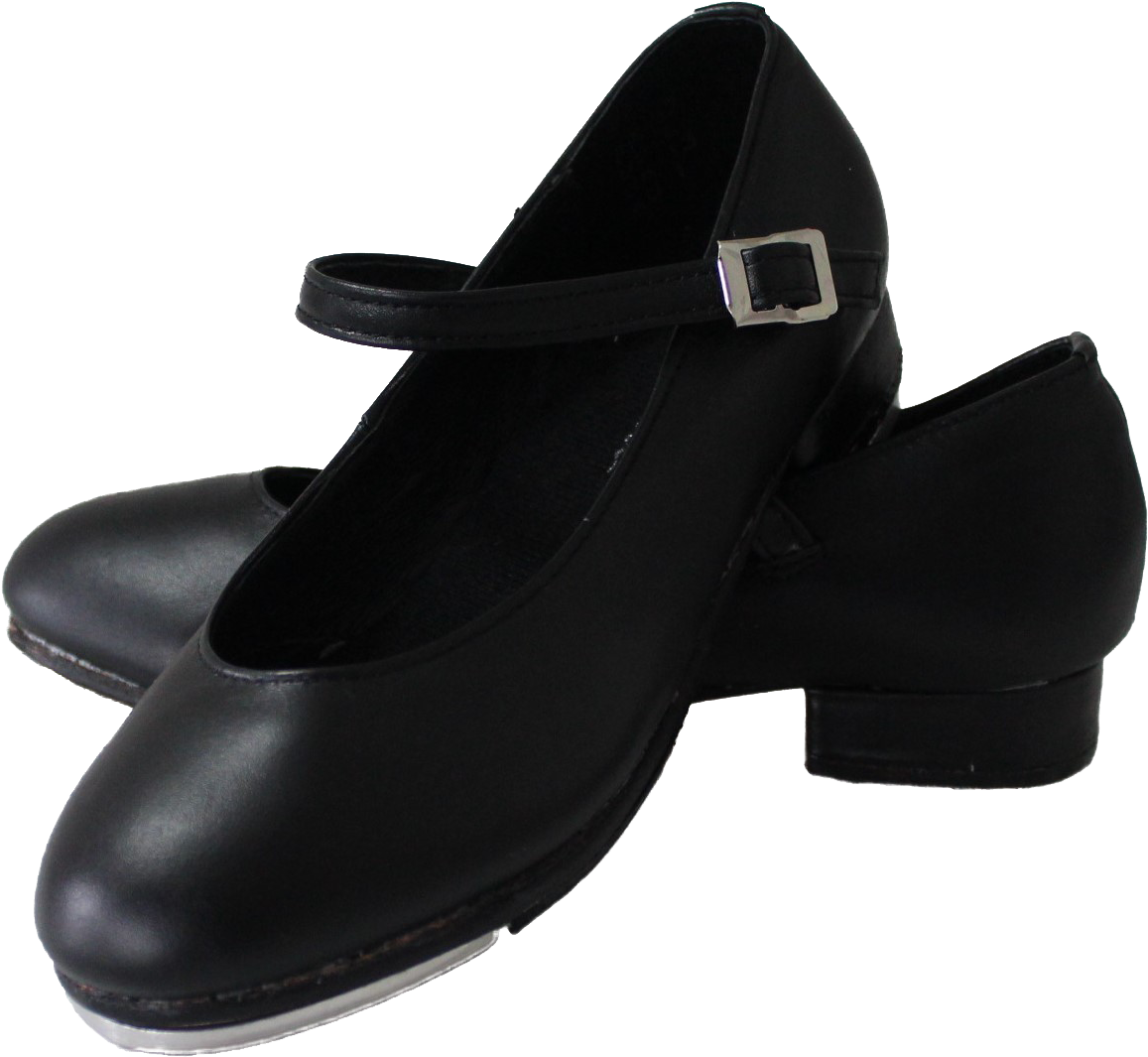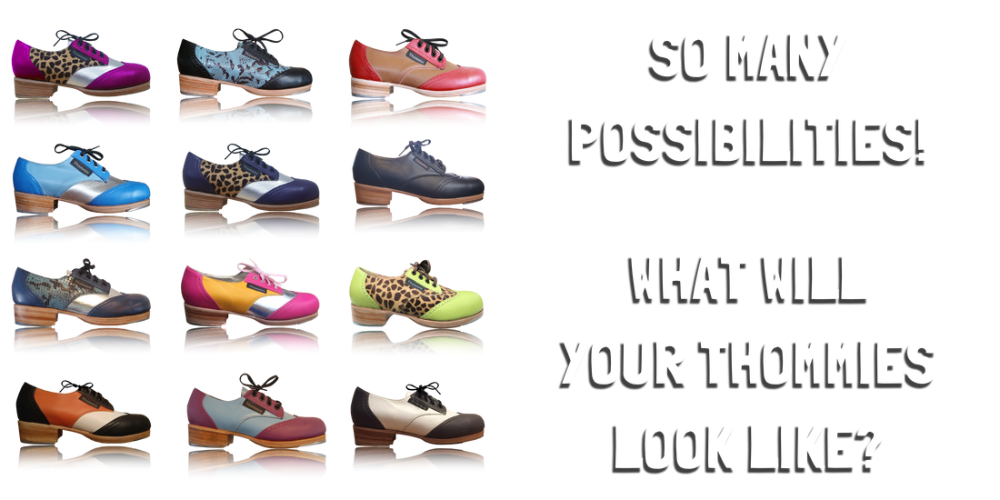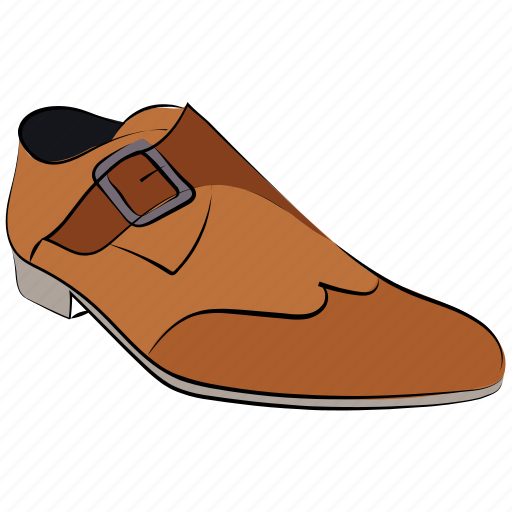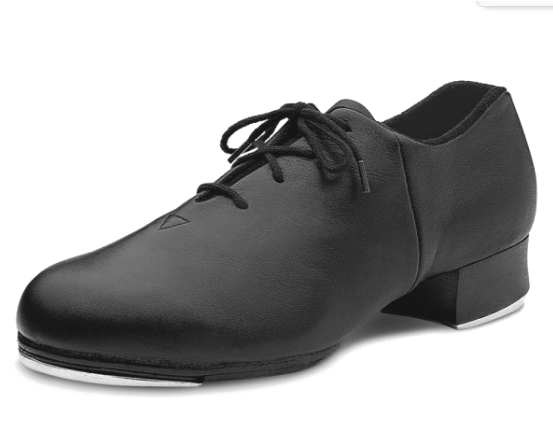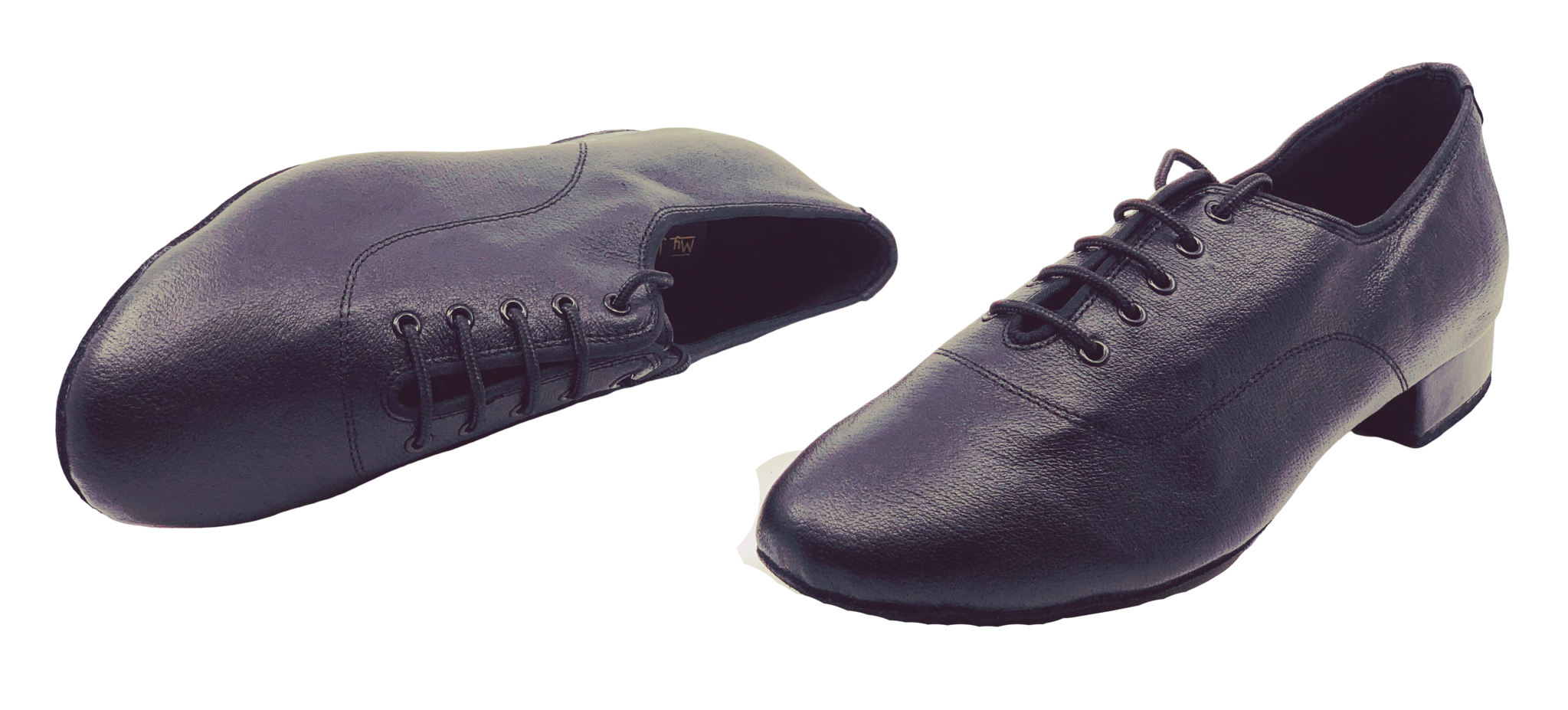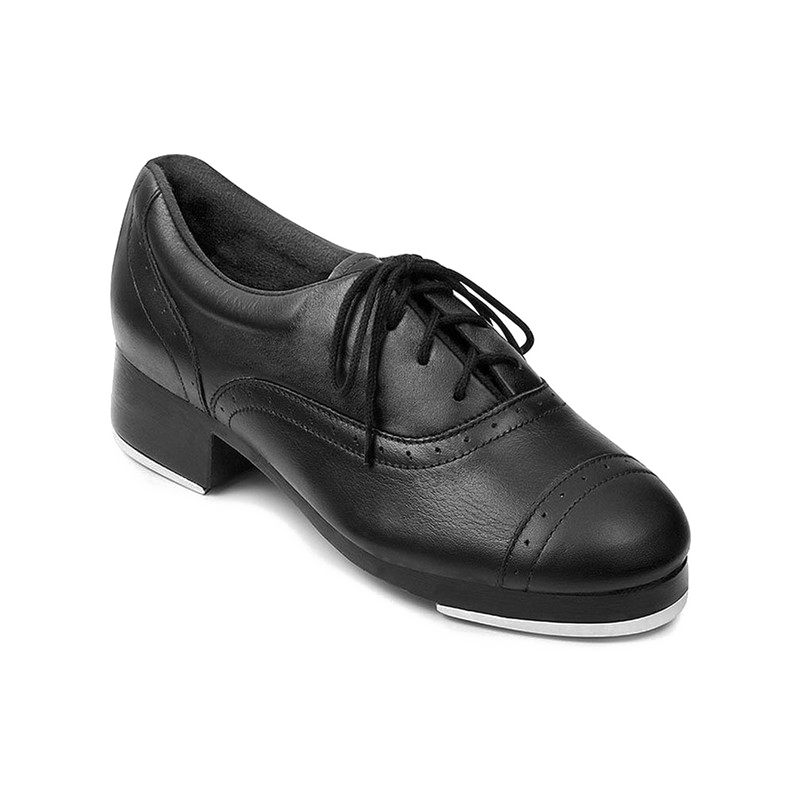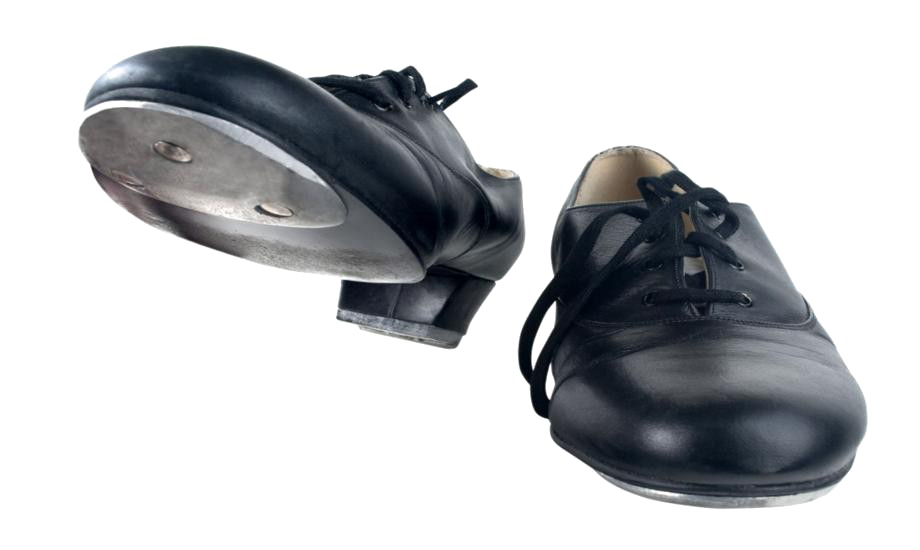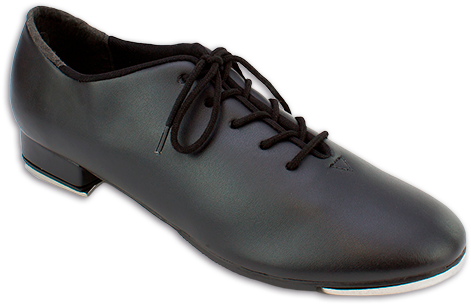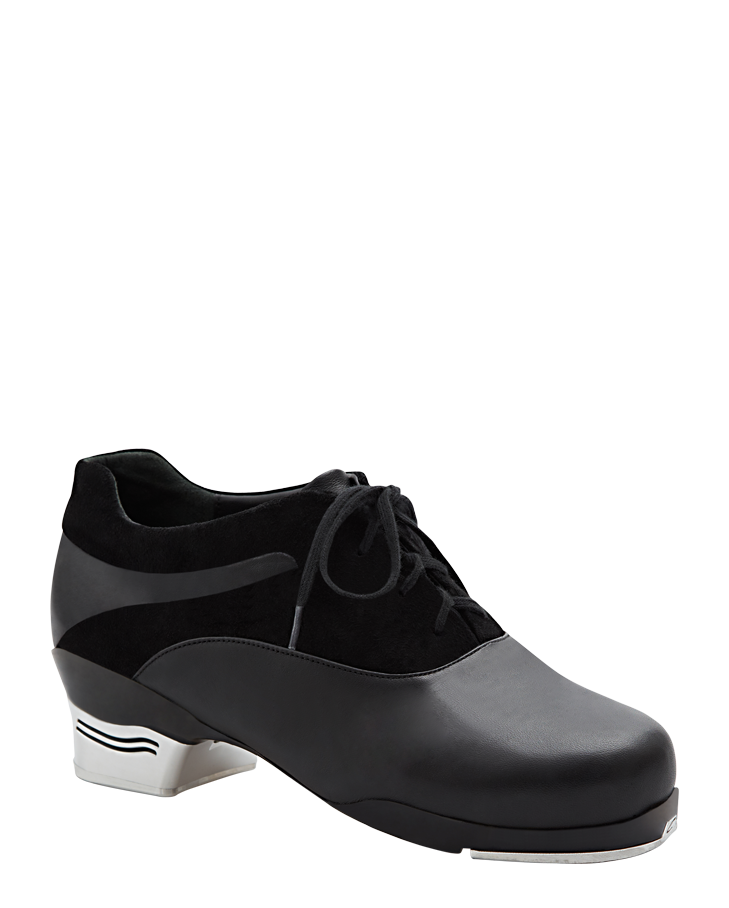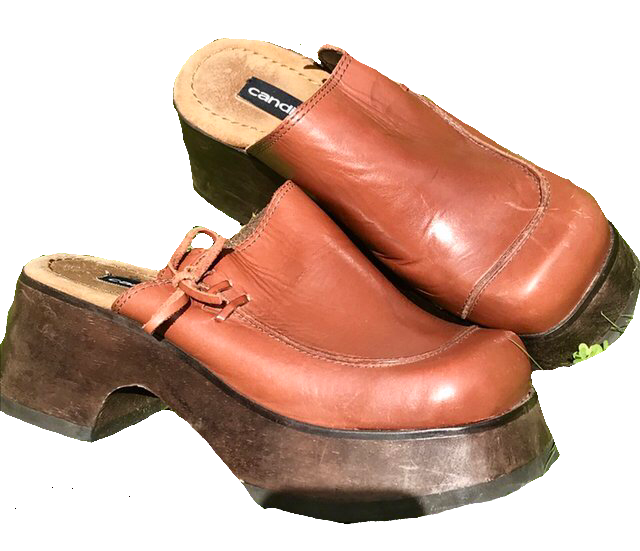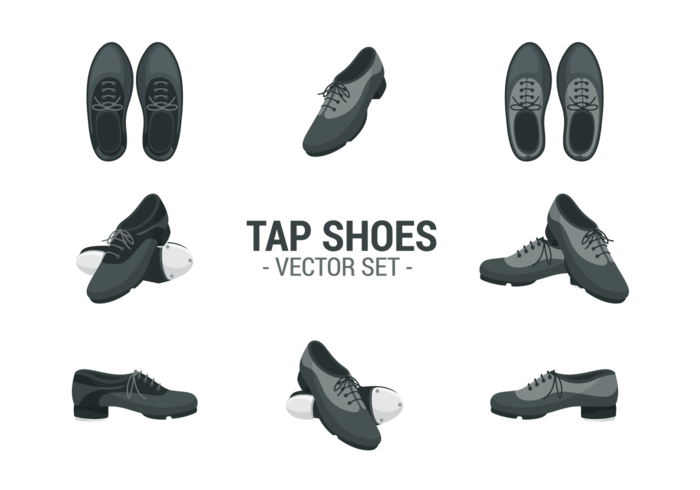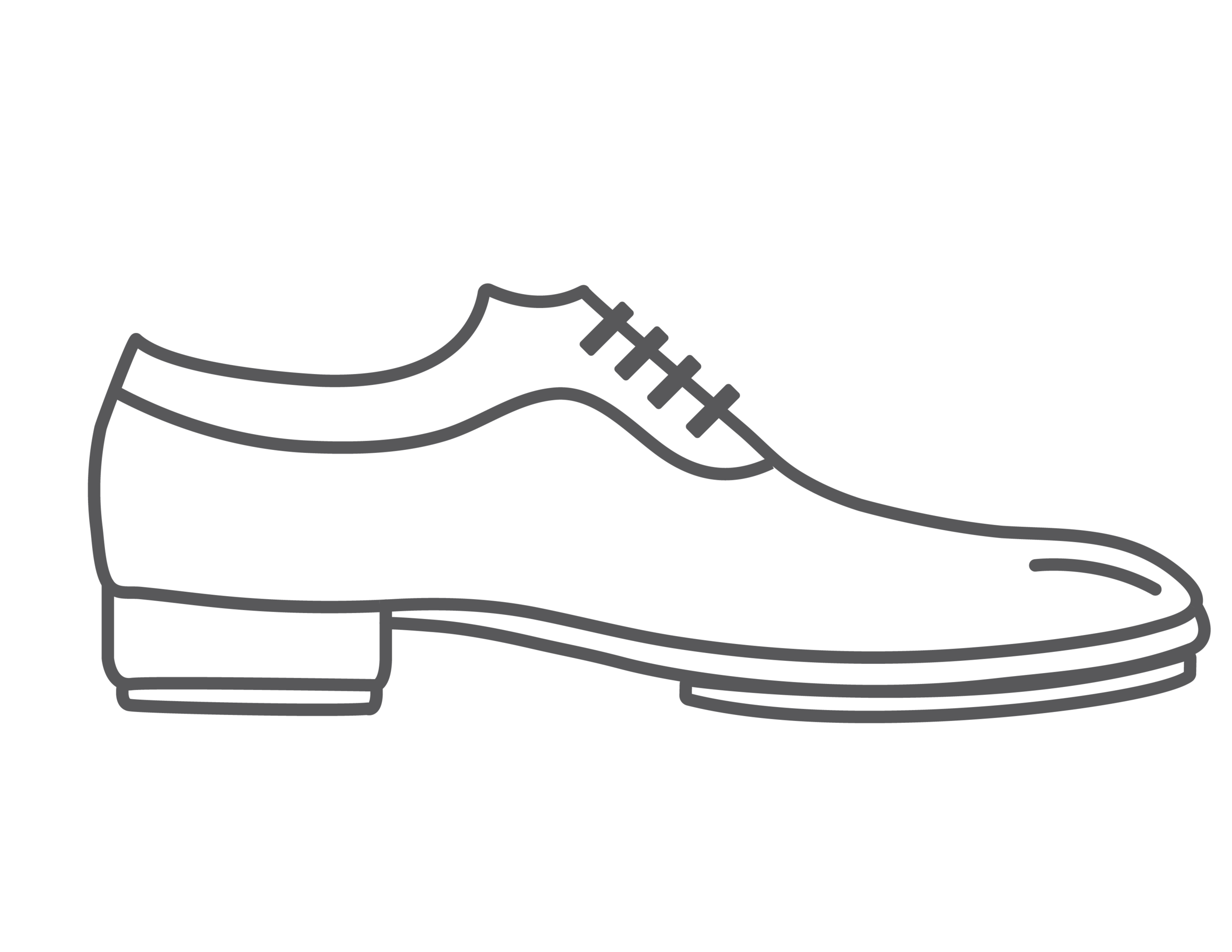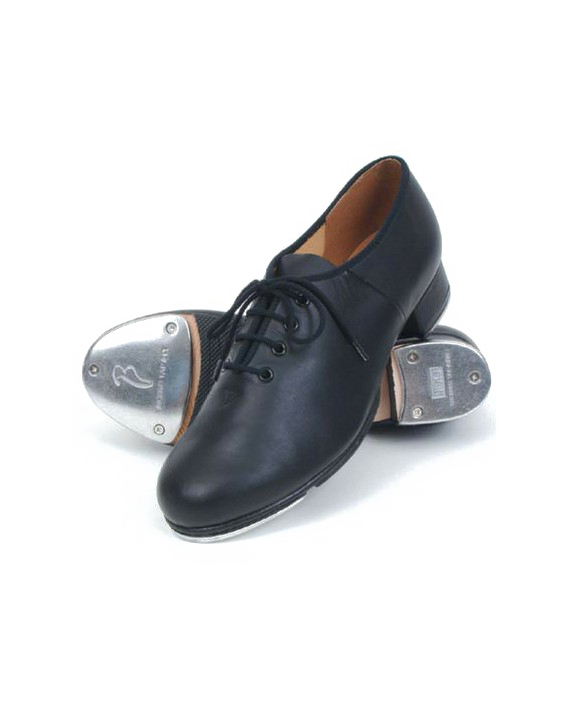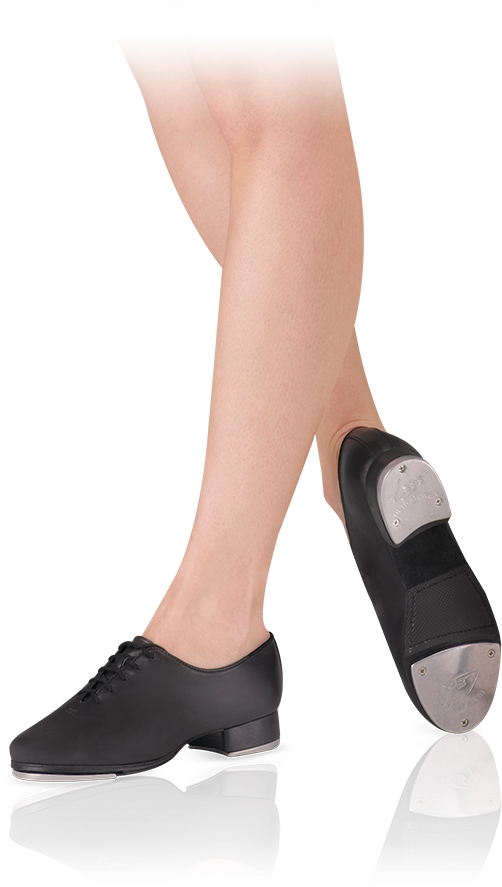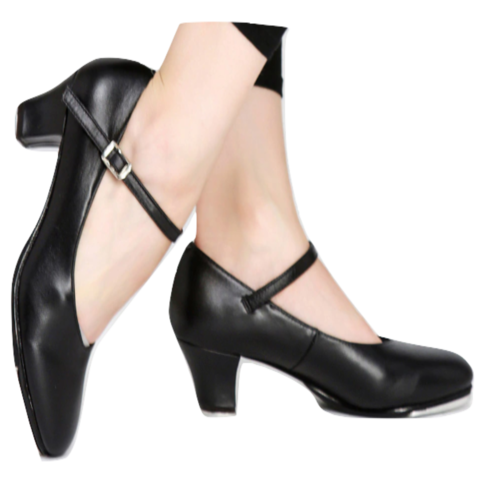Download top and best high-quality free Tap Shoes PNG Transparent Images backgrounds available in various sizes. To view the full PNG size resolution click on any of the below image thumbnail.
License Info: Creative Commons 4.0 BY-NC
Tap dancing is a type of dance in which the sounds of tap shoes hitting the floor are used as percussion. There are two primary types of tap dance: rhythm (jazz) tap and Broadway tap. Broadway tap is a dancing style that is popular in musical theater. The objective of rhythm tap is musicality, and its practitioners feel themselves to be part of the jazz lineage.
Shoes with a metal “tap” on the heel and toe produce the sound. There are several shoe brands, each of which has its own distinct sound.
“Soft-Shoe” is a rhythm type of tap dancing that does not require special shoes, and while the beat is formed by tapping the feet, it also involves sliding the feet more often than current rhythm tap (even utilizing dispersed sand on the stage to increase the sound of sliding feet). It predates what is now known as contemporary tap, although its popularity has waned in recent years.
Tap dance is a synthesis of numerous ethnic percussion dances, most notably African tribal dances and Scottish, Irish, and English clog dancing, hornpipes, and jigs. Tap dancing is thought to have started in the mid-nineteenth century with the development of minstrel shows. William Henry Lane, better known by his stage name Master Juba, was one of the few black artists to join an otherwise all-white minstrel band and was instrumental in the creation of tap dancing.
Tap dancing transferred to the increasingly popular Vaudeville stage as minstrel shows began to fade in favor. Many Vaudeville tap routines were duets owing to Vaudeville’s unstated “two-colored rule,” which prohibited blacks from performing single. “Buck and Bubbles,” for example, featured John “Bubbles” Sublett tap dancing and Ford “Buck” Washington on the piano. The duo performed Class Act, a tuxedo-clad routine that effectively separated them from the previous minstrel show image of tap dancers as “grinning-and-dancing clowns.”
Bill “Bojangles” Robinson, a protégé of Alice Whitman of The Whitman Sisters circa 1904 (then ‘Willie Robinson’), was another noteworthy personality at this time. Robinson joined the Vaudeville circuit in 1902 in a partnership with George W. Cooper, and was well-versed in both Buck and Wing dance and Irish Step dancing. The group swiftly rose to prominence, hosting events around the country and toured England. Robinson began dancing alone after the partnership dissolved in 1908, which was exceedingly unusual for a black male at the time. Despite this, he was a huge hit and quickly became a worldwide star. He went on to star in a number of films, including the Shirley Temple franchise.
The Nicholas Brothers arrived on the scene not long after. This combo, who included real-life brothers Fayard and Harold, impressed spectators with their acrobatic exploits mixed in with their sophisticated style of dance. In the film “Stormy Weather,” the couple dances up a staircase before leapfrogging over each other into a complete split from which they ascend with no hands.
Tap shoes used to have wooden bottoms in the early days of tap dancing. There are now a number of shoe types, with the Oxford shoe being popular in jazz dance and the Mary Jane (shoe) being popular among younger girls in tap courses.
Bloch and Capezio are two companies that produce tap shoes.
Download Tap Shoes PNG images transparent gallery
- Tap Shoes PNG Clipart
Resolution: 1157 × 1065
Size: 715 KB
Image Format: .png
Download
- Tap Shoes PNG Cutout
Resolution: 1000 × 500
Size: 374 KB
Image Format: .png
Download
- Tap Shoes PNG File
Resolution: 512 × 512
Size: 37 KB
Image Format: .png
Download
- Tap Shoes PNG Free Image
Resolution: 553 × 441
Size: 113 KB
Image Format: .png
Download
- Tap Shoes PNG HD Image
Resolution: 2047 × 927
Size: 1868 KB
Image Format: .png
Download
- Tap Shoes PNG Image File
Resolution: 603 × 391
Size: 60 KB
Image Format: .png
Download
- Tap Shoes PNG Image HD
Resolution: 800 × 800
Size: 277 KB
Image Format: .png
Download
- Tap Shoes PNG Image
Resolution: 920 × 550
Size: 240 KB
Image Format: .png
Download
- Tap Shoes PNG Images HD
Resolution: 471 × 304
Size: 188 KB
Image Format: .png
Download
- Tap Shoes PNG Images
Resolution: 729 × 908
Size: 277 KB
Image Format: .png
Download
- Tap Shoes PNG Photo
Resolution: 847 × 1280
Size: 49 KB
Image Format: .png
Download
- Tap Shoes PNG Photos
Resolution: 640 × 551
Size: 356 KB
Image Format: .png
Download
- Tap Shoes PNG Pic
Resolution: 700 × 490
Size: 80 KB
Image Format: .png
Download
- Tap Shoes PNG Picture
Resolution: 2500 × 1932
Size: 116 KB
Image Format: .png
Download
- Tap Shoes PNG
Resolution: 570 × 708
Size: 162 KB
Image Format: .png
Download
- Tap Shoes Transparent
Resolution: 1280 × 1053
Size: 183 KB
Image Format: .png
Download
- Tap Shoes
Resolution: 502 × 887
Size: 370 KB
Image Format: .png
Download
- Tap Shoes No Background
Resolution: 480 × 480
Size: 255 KB
Image Format: .png
Download
